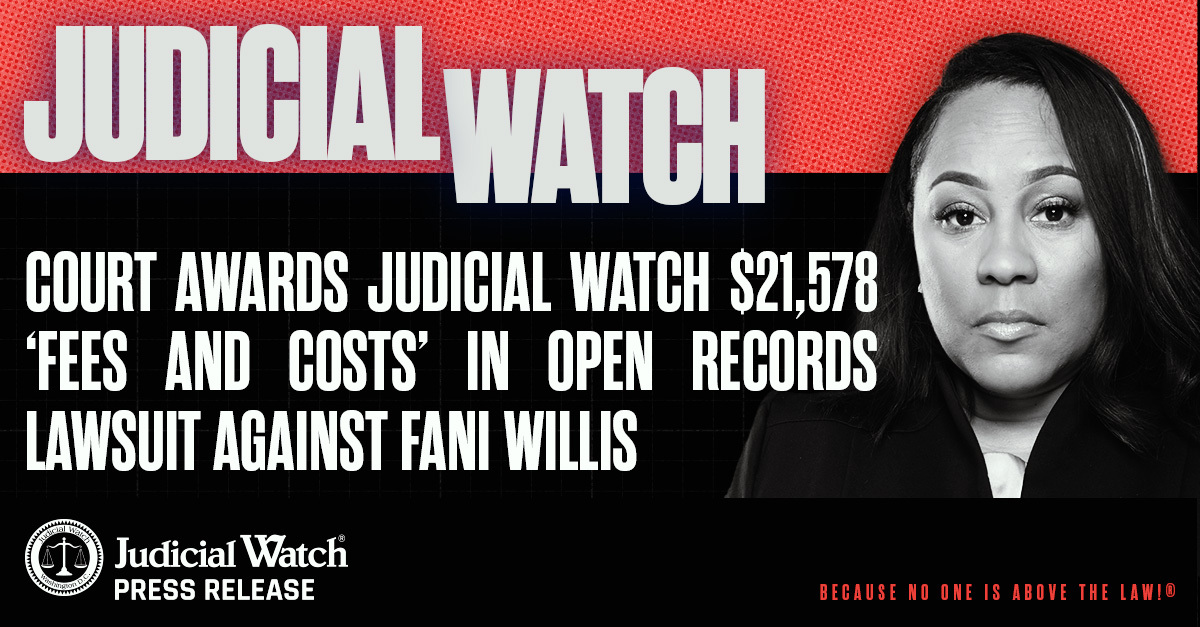

Mexican Cartels Expand To All U.S. Regions
The U.S. government has spent billions of dollars to fight Mexican drug cartels yet they continue to be the nation’s largest supplier of illicit narcotics and violent Mexican gangs have expanded into every region of the country, including idyllic rural areas.
This is hardly earth-shattering news since Mexico has long represented the single greatest drug trafficking threat to the U.S., despite Uncle Sam’s multi billion-dollar effort to halt the northbound flow of narcotics. The costly investment has failed miserably, according to a federal report that reveals Mexican heroin production has actually doubled in the last year.
Thousands of metric tons of heroin, methamphetamine, marijuana and cocaine were smuggled into the U.S. from Mexico in the last year and tens of billions of dollars in drug proceeds flowed back south, according to the Justice Department’s National Drug Intelligence Center. The cargo is usually transported in private or commercial vehicles, through cross-border tunnels or subterranean passageways and low-flying ultra light aircraft. Much of it is smuggled across the Southwest border through the Tohono O’odham Indian Reservation in
Once in the U.S. the drugs are distributed by feared street and prison gangs, which have spread from urban cities to suburban areas once thought to be impenetrable by such corruption. Nearly 1 million criminally active gangbangers representing about 20,000 street gangs in more than 2,500 cities sold drugs in the U.S. for Mexican cartels last year.
The operations are so sophisticated that it’s unlikely U.S. law enforcement agencies can stop them. The growing strength and organization of criminal gangs, including their alliances with large Mexican drug cartels, will make disrupting illicit drug availability and distribution increasingly difficult for law enforcement agencies, the feds claim in the report.















